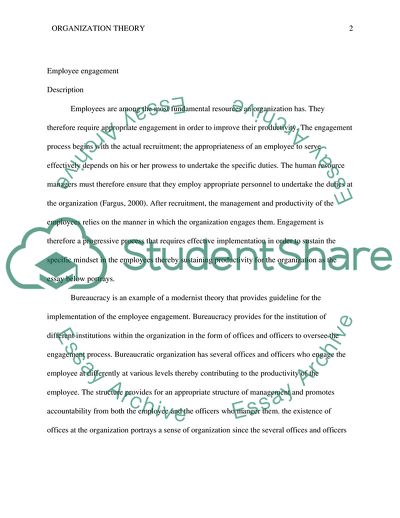Cite this document
(Organization Theory Essay Example | Topics and Well Written Essays - 2500 words, n.d.)
Organization Theory Essay Example | Topics and Well Written Essays - 2500 words. https://studentshare.org/human-resources/1810973-organization-theory
Organization Theory Essay Example | Topics and Well Written Essays - 2500 words. https://studentshare.org/human-resources/1810973-organization-theory
(Organization Theory Essay Example | Topics and Well Written Essays - 2500 Words)
Organization Theory Essay Example | Topics and Well Written Essays - 2500 Words. https://studentshare.org/human-resources/1810973-organization-theory.
Organization Theory Essay Example | Topics and Well Written Essays - 2500 Words. https://studentshare.org/human-resources/1810973-organization-theory.
“Organization Theory Essay Example | Topics and Well Written Essays - 2500 Words”. https://studentshare.org/human-resources/1810973-organization-theory.


